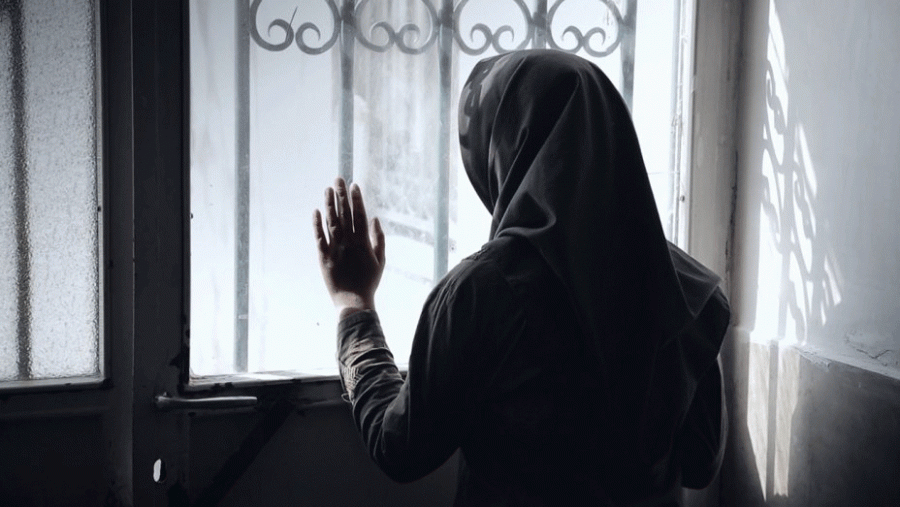Friday Night Film Series’ Starless Dreams Captivates
The Film & Media Studies department screened Starless Dreams as part of the Friday Night Film Series on Friday, September 29. Starless Dreams is a documentary that focuses on the lives of young women in a juvenile detention center in Iran. Directed by Mehrdad Oskouei, the film takes a look at the complex lives of these women in relation to their families and to each other during their time in the holding center.
Many of these girls are faced with similar family situations. Oftentimes, one or both of their parents are drug addicts, and the girls are forced to buy and sell drugs on their parents’ behalf. These situations can lead to the whole family becoming addicted to drugs.
The film was a result of a seven year negotiation process that allowed Oskouei and his crew to gain access to the facility. Oskouei’s ability to capture deeply emotional scenes with no disturbances allows the viewers to feel as though they are in the room with these women. Oskouei is known for his ability to effectively highlight various hard-hitting topics that face Iranian society, including social alienation and cosmetic surgery. One of the strengths of touching on topics like these is that they become relevant to viewers in both the Middle East and Western society.
It is important to realize that the nation of Iran and the struggles within it sum up to more than just a war zone.
Starless Dreams depicts these women not as criminals, but as people caught in devastating situations. Many of the women are between sixteen and eighteen-years-old, and often have children of their own. The film dives into what led these women into the facility by interviewing girls who had stolen in order to provide for their family or drug addiction.
These backstories question the society that the women live in. The women are well aware that the odds are stacked against them. They question why “a woman’s blood is worth less than a man’s.” One girl, after being deemed a bastard by the judge in her trial, questioned what her sins were and pointed out that the fault should not lie with her but with her parents.
The film not only focuses on the hardships that the young women face, but also respects them as complex individuals. Scenes throughout the film depict the girls singing, building snowmen, playing truth or dare and having pizza parties – in other words, depicting them as humans, acting the way any one of us would expect young women to act. Various girls wrote in private journals; in one, a young woman recounted her unrequited love for a boy she called Hassan the Lamb. Through their bonds with each other, the girls create a family of their own.
“They understand my pain and I understand theirs,” one of the young women said.
In a lot of ways, their relationships with the other girls in the facility create a more understanding and nurturing environment than their own homes. There is often a mix between excitement and despair upon release. Some of the girls will return to the same circumstances that led them to the rehabilitation facility in the first place. Others are greeted by families with open arms.
As the film comes to an end it shows the celebration of the new year, filled with a mix of emotions. Some girls are giddy to celebrate the upcoming year while others cry in reflecting on the passage of time, leaving the viewer unsure of whether there will be continued stagnation or change for these girls in the future.
Contact Alex Weimer






